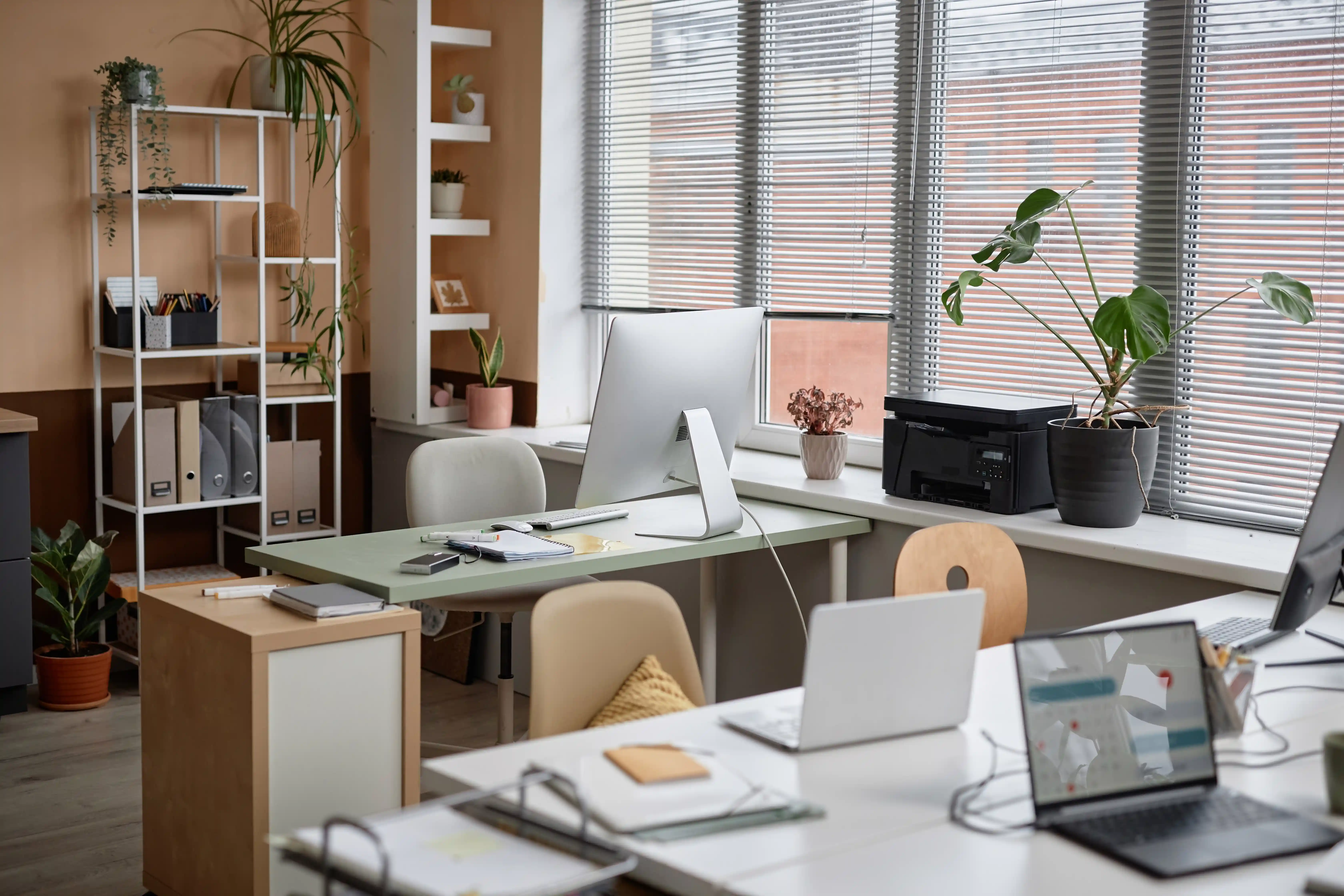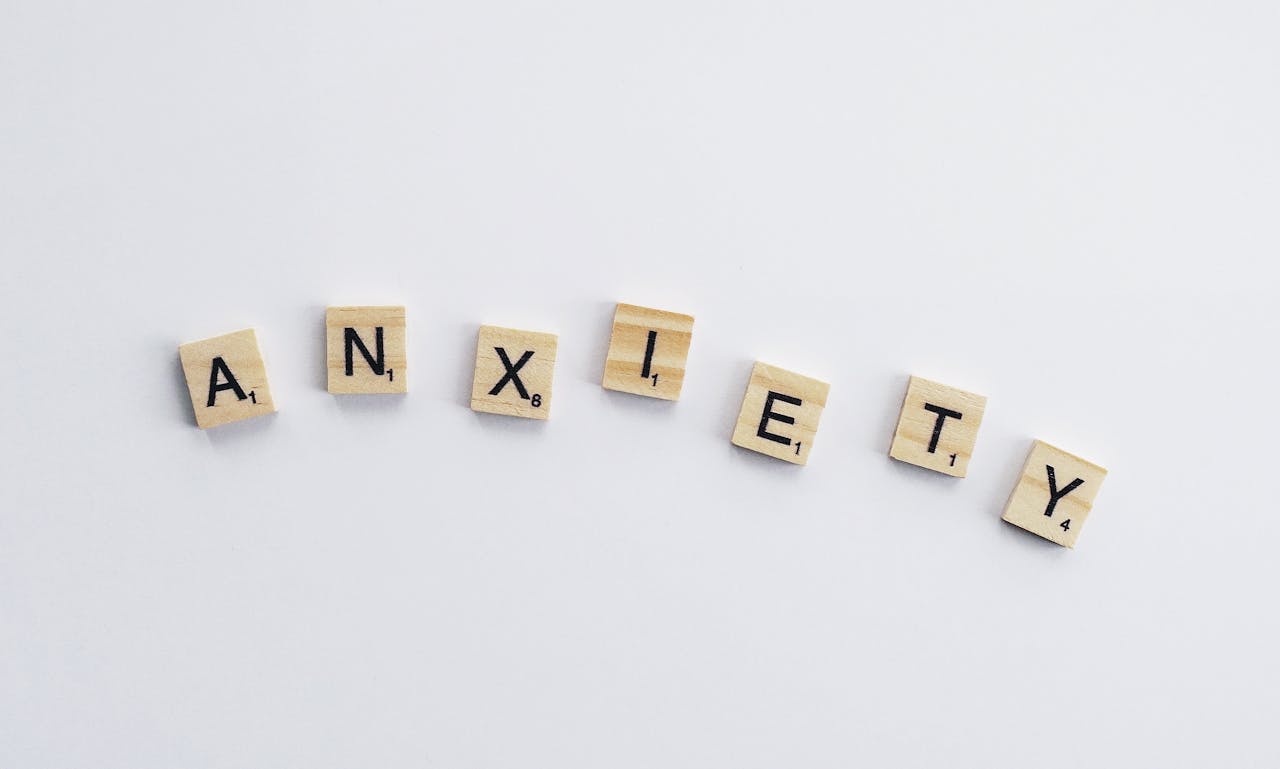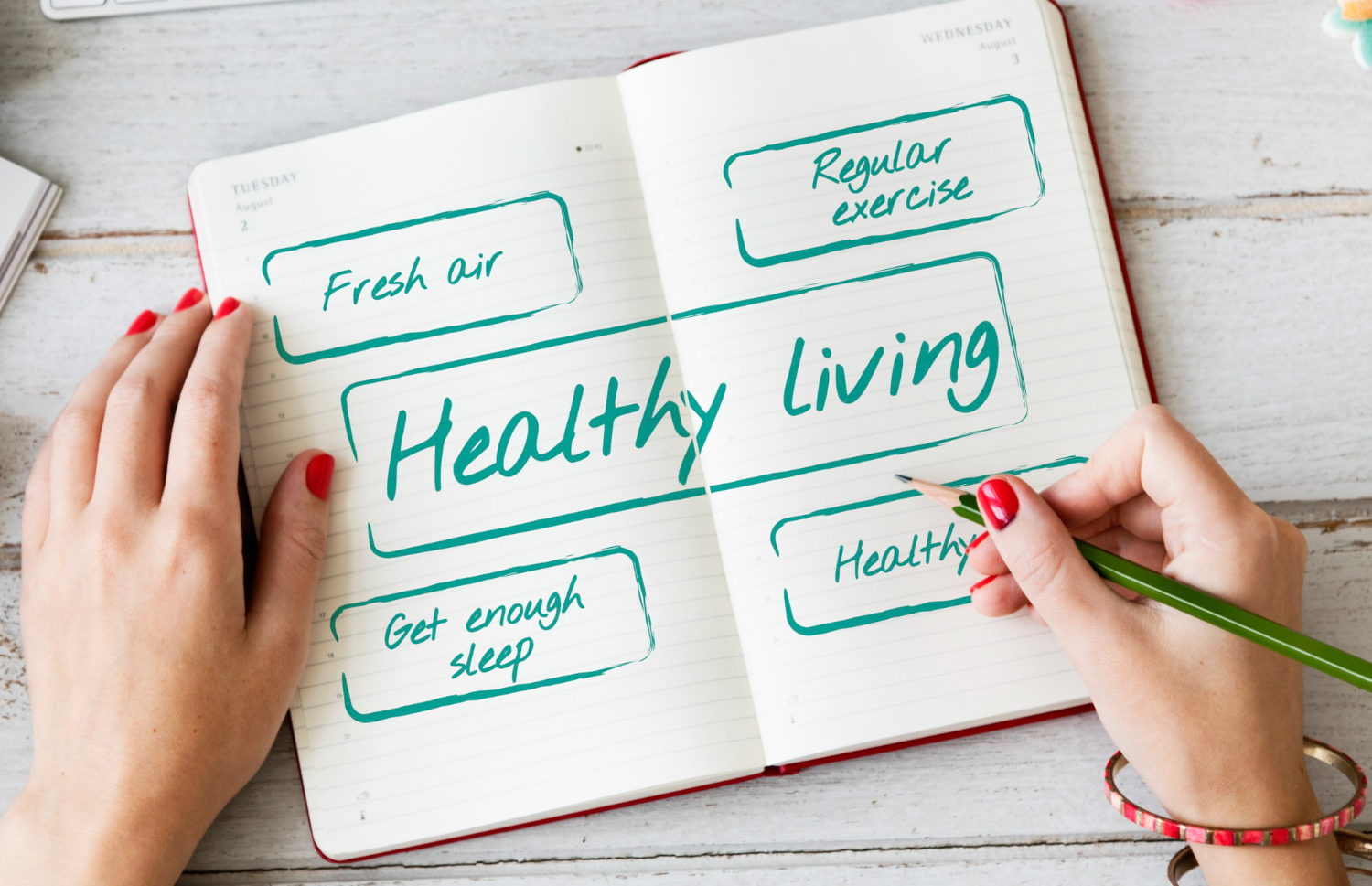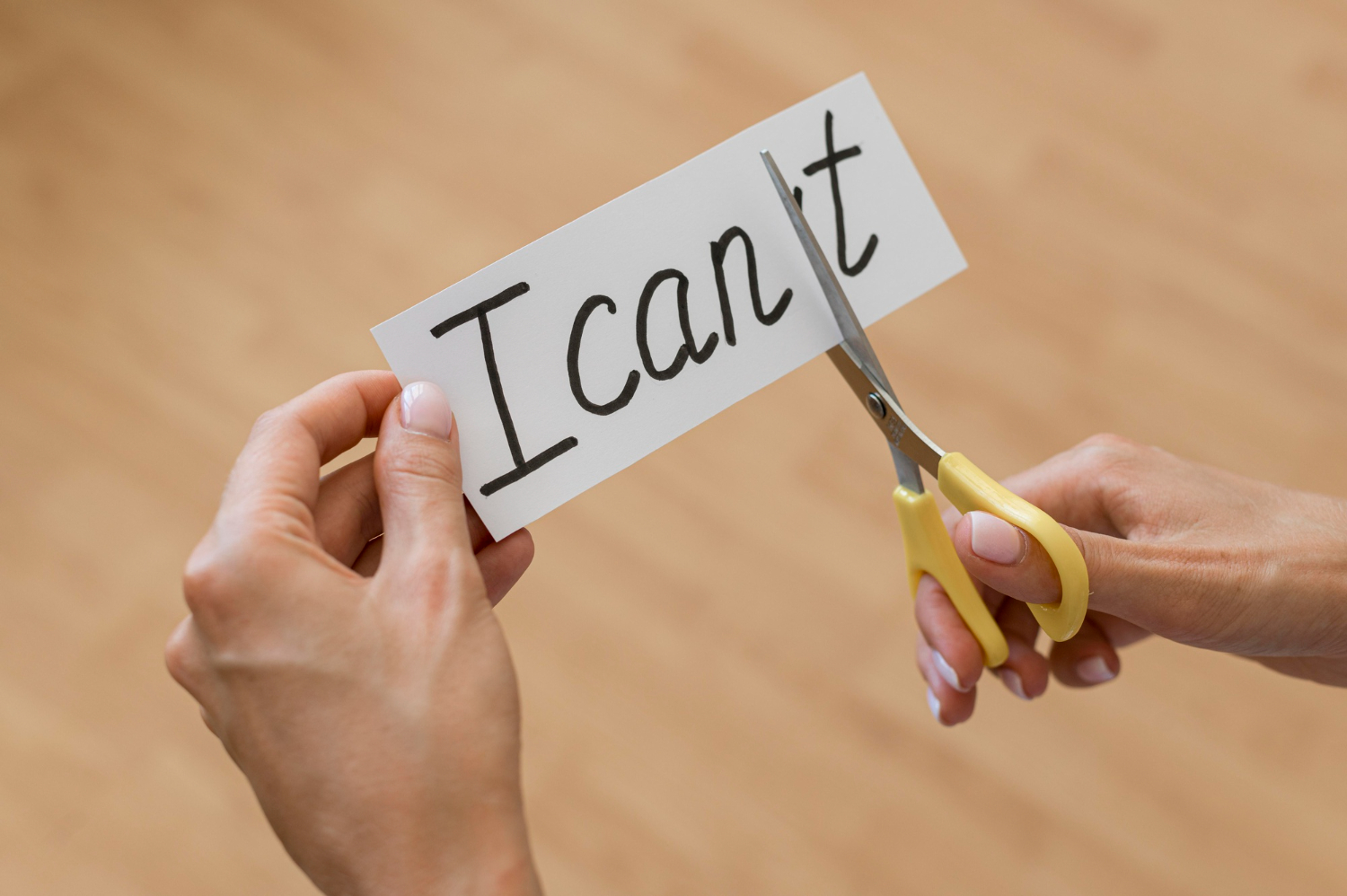How to Improve Team Dynamics in an Organisation

A solid understanding of group dynamics and its role in business is essential for successful management.
When a group has good team dynamics, each member will collaborate and do their part to contribute and achieve shared goals. On the other hand, bad team dynamics hinder performance and productivity, leading to unfavourable business outcomes.
What is Team Dynamics?
Team dynamics refers to how individuals within a group or department interact and behave around each other. It involves the way they communicate, coordinate, collaborate, and contribute to a shared goal. Factors that influence team dynamics include differences in personality traits, work style, ethics, and attitudes, as well as the organisational structure and company culture. Team dynamics are crucial because they influence the productivity, performance, and morale of employees.
Organisations that support and cultivate good team dynamics tend to have more engaged and satisfied employees willing to work together, boosting efficiency, reducing turnover rates, and strengthening customer loyalty. Conversely, you would want to spot and address bad team dynamics as soon as possible because it can cause unnecessary conflict, creating a hostile and stressful environment that negatively impacts the quality of work.
Key Components of Team Dynamics
– Mutual Trust and Respect
When there is mutual trust and respect, individuals feel at ease sharing information and exchanging ideas without fear of being judged or embarrassed. This establishes good team dynamics, where everyone is involved and committed to meeting deadlines.
– Clear Roles and Responsibilities
Setting clear roles and responsibilities for every team member allows individuals to know where they stand and how to align themselves with a project’s goals and objectives. This promotes good team dynamics since it lessens duplication of work, and everyone knows who to consult when they encounter an issue with a task.
– Diversity and Inclusion
Diversity and inclusion fuel innovation and creativity. To instil good team dynamics, encourage members to welcome different perspectives and refrain from bias.
– Conflict Resolution
Conflict is inevitable and vital to growth. For conflict to be productive, it needs to be resolved as soon as it arises and constructively to maintain good team dynamics.
– Commitment
Commitment to the project leads to good team dynamics. When team members are connected to the overall goal, they’re more inclined to brainstorm solutions that will ensure success.
5 Tips on How to Improve Team Dynamics
To help organisations improve team dynamics, try these tried and tested management strategies and tips to foster healthy work relationships.
1. Nurture Strong and Competent Leaders
Strong leadership, in this sense, describes a manager’s ability to take charge of the team and direct them toward meeting project goals and objectives while being a great role model or leading by example. Effective leadership involves establishing authority and expertise to facilitate good team dynamics without anyone feeling bullied or coerced into doing something they’re uncomfortable with.
Competent leaders have management and leadership skills, allowing them to define clear goals and responsibilities while inspiring team members to take initiative and collaborate on tasks. They can analyse data and assess every team member’s skill set, work style, and attitude to mitigate gaps in productivity.
Strong and competent leaders recognise how different personalities influence team dynamics. They inspire team members to build on and complement each other’s strengths and weaknesses to accomplish tasks within the agreed timeline.
2. Design a Strategic Workplace
A well-designed workplace is paramount to creating a culture and environment that allows employees to thrive and be productive. A strategic office design considers the health, safety, and well-being of employees and maximises an open layout to enhance collaboration. There are designated areas or zones for independent work, brainstorming or meetings with teams, and break rooms with a pantry.
Ergonomic workstations support good team dynamics by putting everyone at ease and improving focus. Ergonomics includes the presence of natural light and proper task lighting, the arrangement and dimensions of furniture, and the acoustics, climate control, and ventilation of the room. The goal is to minimise distractions like eye strain, body pains, discomfort, and noise that may hamper productivity.
In addition to ergonomics, strategic office designs reflect the organisation’s culture, values, and branding. It’s about connecting individuals to the company and reinforcing good team dynamics by fostering a sense of belonging.
3. Promote Open and Honest Communication
Open and honest communication is essential to good team dynamics. Team members need to be able to discuss tasks and issues openly, and give honest feedback in the spirit of growth and improvement. Leaders must be able to promote transparency and demonstrate active listening, ensuring everyone is aligned and feels heard.
Businesses, particularly in remote cultures, are increasing the amount of time spent on calls and meetings. Although this attempts to bridge communication gaps, it can also be tiring and counterproductive, resulting in heavy workloads and completely taking over employees’ calendars. Meetings, whether in the office or virtual, are only effective when they are brief and direct to the point.
To promote open and honest communication, keep meetings and calls to a minimum by utilising other communication platforms such as emails or group chats for updates and feedback. Another tip for meetings is to set and stick to clear agendas to make conversations more efficient and give team members time to prepare so nobody feels overwhelmed or put on the spot.
4. Streamline Decision-Making
It is only natural and expected for teams to have different opinions and approaches to a particular task or problem. Leaders must be able to streamline decision-making so that the team does not consume too much time and energy debating on the next course of action.
Leaders must be able to define the type of consensus or process required to move forward with a decision in a timely manner. To give way to good team dynamics, leaders can facilitate guided or focus group discussions, weigh the pros and cons, and remind everyone about the goal.
By streamlining decision-making, leaders promote a proactive and democratic approach to problem-solving. Moreover, it enhances the quality of their decisions while increasing efficiency and upholding good team dynamics.
5. Make Time to Meet Informally
It is critical for teams to spend time together in a relaxed setting. It enables team members to get to know each other on a more personal level, increasing empathy and psychological safety within the group. Making time to meet informally also allows new employees to feel welcomed into the team.
To encourage good team dynamics, set aside ten or fifteen minutes before or after each meeting for icebreakers or casual conversations. You can plan for a quick game or simply ask those willing to share about the highlights of their week or plans for the weekend. This allows people to catch up, build trust, and establish camaraderie within the team.
Keep in mind that not everyone may be comfortable speaking up in large group settings. Be sure to schedule one-on-one sessions with each team member as much as group check-ins to hear both personal and collective reflections. By making these small, you can improve team dynamics and transform your work environment into one that is more supportive, collaborative, and fun.
Take the Next Step to Improve Your Team Dynamics!
Improving team dynamics is important for creating a friendly and productive environment where team members can collaborate effectively, enjoy their work, and contribute to achieving common goals. To strengthen teamwork, it’s important to understand what teams need to operate and the dynamics that come into play. In all scenarios, organisations need effective leaders to achieve and sustain good team dynamics.
Following any of the tips above will help you unlock your team’s full potential and cultivate an atmosphere where everyone can thrive. For more expert tips on how to improve team dynamics, don’t hesitate to contact us today! We offer team coaching workshops with a certified coach who will impart valuable insights and personalised guidance that match your organisation’s needs and requirements. We will work with you to identify the challenges your team faces and suggest effective strategies to overcome them.
- September 2025
- August 2025
- July 2025
- June 2025
- May 2025
- April 2025
- March 2025
- February 2025
- January 2025
- December 2024
- November 2024
- October 2024
- September 2024
- August 2024
- July 2024
- June 2024
- May 2024
- December 2023
- November 2023
- August 2023
- July 2023
- June 2023
- May 2023
- April 2023
- March 2023
- February 2023
- January 2023
- December 2022
- November 2022
- October 2022
- September 2022
- August 2022
- July 2022
- June 2022
- May 2022
- April 2022
- March 2022
- February 2022
- January 2022
- December 2021
- November 2021
- October 2021
- September 2021
- August 2021
- July 2021
- June 2021
- May 2021
- April 2021
- March 2020
- February 2020
- January 2020
- December 2019
- November 2019
- October 2019
- September 2019
- August 2019
- July 2019
- June 2019
- May 2019
- April 2019
- March 2019
- February 2019
- January 2019
- December 2018
- November 2018
- October 2018
- September 2018
- August 2018
- July 2015
- May 2014










